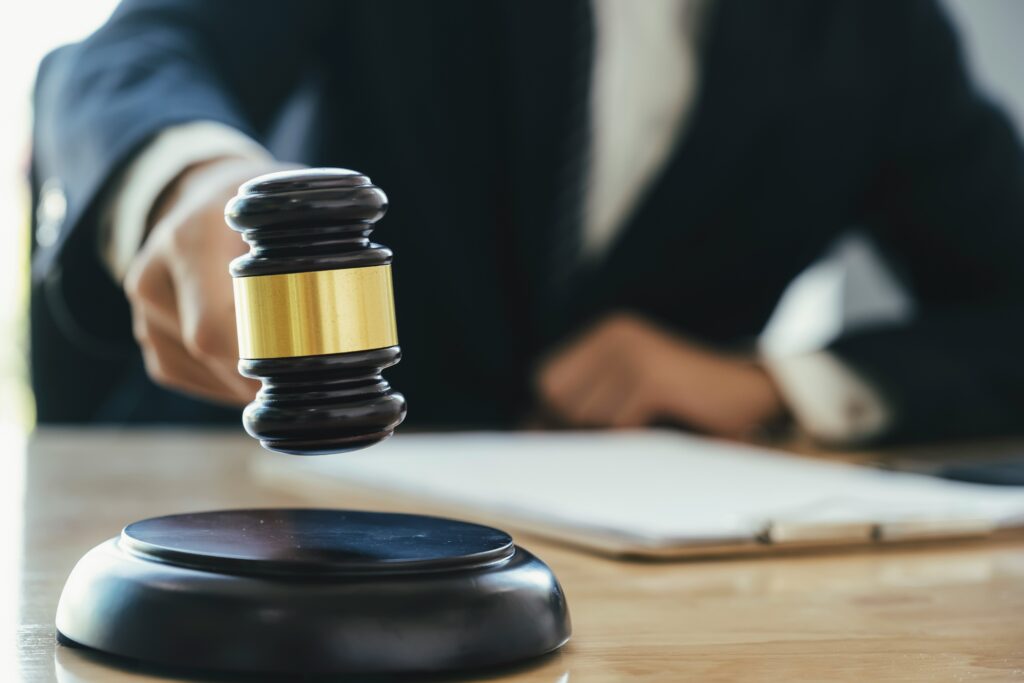Being arrested for violating California Penal Code 288 (PC 288) is a daunting experience that can leave you feeling overwhelmed, confused, and fearful about what comes next. PC 288 covers lewd or lascivious acts with a child under 14, and it is one of the most severe criminal charges in California, carrying significant prison time and lifelong consequences. Understanding the legal process that follows an arrest under PC 288 is crucial to preparing yourself for the road ahead. This guide outlines each stage of the legal process, from arrest to trial, so you know what to expect and how to best protect your rights.
The Arrest and Initial Booking Process
The legal journey begins with an arrest, which may occur immediately following the alleged incident or after a thorough investigation by law enforcement. During the arrest:
Arrest and Miranda Rights
Law enforcement officers will read your Miranda rights, informing you of your right to remain silent and your right to an attorney. It is critical to exercise these rights and avoid making any statements until you have legal representation.
Booking
After the arrest, you will be taken to the police station for booking. This process involves fingerprinting, photographing, and recording your personal information. You may also be searched, and your belongings will be confiscated and held until your release.
Bail Determination
Shortly after booking, bail will be set based on the severity of the charges, your criminal history, and whether you are considered a flight risk. Bail can be paid to secure your release from custody while awaiting further legal proceedings.
Release or Continued Detention
If you can post bail, you will be released from custody with a requirement to appear at all future court dates. If you cannot post bail, you will remain in custody until your next court appearance.
The Arraignment: Your First Court Appearance
The arraignment is your first court appearance and typically occurs within 48 hours of your arrest (excluding weekends and holidays). The purpose of the arraignment is to:
Formal Reading of Charges
The judge will formally read the charges against you, including the specific subsections of PC 288 you are accused of violating.
Entering a Plea
You will be asked to enter a plea of guilty, not guilty, or no contest. It is crucial to consult with your attorney before entering a plea, as this decision will significantly impact the course of your case.
Bail Review
If you have not posted bail, your attorney can request a bail reduction or argue for your release on your own recognizance (OR), meaning you are released without bail but must promise to return for future court dates.
Setting Future Court Dates
The judge will schedule your next court appearance, typically a pretrial hearing, where your case will be further evaluated.
The Pretrial Phase: Building Your Defense
The pretrial phase is critical in shaping the outcome of your case. During this time, your attorney will gather evidence, investigate the facts, and develop a defense strategy tailored to your unique circumstances.
Discovery Process
Both the defense and the prosecution will exchange evidence, including police reports, witness statements, forensic evidence, and any other relevant materials. Your attorney will review this evidence to identify weaknesses in the prosecution’s case and build your defense.
Motions and Hearings
Your attorney may file pretrial motions, such as motions to dismiss the charges, suppress evidence obtained unlawfully, or exclude specific testimony. These motions are crucial in challenging the prosecution’s case and can significantly impact the evidence presented at trial.
Plea Bargaining
During the pretrial phase, your attorney and the prosecutor may engage in plea negotiations. A plea bargain may involve pleading guilty to a lesser charge in exchange for reduced penalties, such as probation instead of jail time. Your attorney will advise you on the pros and cons of accepting a plea deal versus going to trial.
Preliminary Hearing (if applicable)
In some cases, a preliminary hearing will be held to determine if there is enough evidence to proceed to trial. This hearing acts as a mini-trial where the judge evaluates the prosecution’s evidence and decides whether to continue with the charges.
The Trial: Presenting Your Case in Court

If your case proceeds to trial, this is where both sides present their arguments, evidence, and witnesses to the judge or jury. The trial process involves several key steps:
Jury Selection (Voir Dire)
If your trial is before a jury, the process begins with selecting impartial jurors. Both the defense and prosecution will question potential jurors to ensure a fair trial.
Opening Statements
Both the prosecution and defense will present opening statements outlining their cases. The prosecution goes first, followed by the defense.
Presentation of Evidence
The prosecution presents its case first, calling witnesses and introducing evidence to prove the charges. Your attorney will have the opportunity to cross-examine the prosecution’s witnesses and challenge their credibility.
Defense Case
After the prosecution rests, it is the defense’s turn to present evidence, call witnesses, and argue why the charges should be dismissed or reduced. Your attorney may also introduce expert testimony to counter the prosecution’s claims.
Closing Arguments
Both sides will make closing arguments summarizing the evidence and urging the jury or judge to rule in their favor. The prosecution goes first, followed by the defense, and then the prosecution may offer a rebuttal.
Jury Deliberation and Verdict
The jury will deliberate and decide on a verdict based on the evidence presented. If you opt for a bench trial, the judge will render a verdict. A guilty verdict may be followed by a sentencing hearing, while a not-guilty verdict results in your immediate release.
Sentencing: Understanding the Potential Outcomes
If you are found guilty of a PC 288 charge, the court will schedule a sentencing hearing to determine your punishment. Sentencing outcomes can vary widely based on factors such as the specific subsection of PC 288, the presence of aggravating or mitigating factors, and your criminal history.
Presentencing Report
A probation officer may prepare a presentencing report that includes background information, details of the offense, and recommendations for sentencing. Your attorney can provide input and advocate for leniency in this report.
Victim Impact Statements
The alleged victim or their representatives may present statements detailing how the offense has impacted them, which the judge will consider when determining your sentence.
Defense Arguments for Leniency
Your attorney will present arguments for a lighter sentence, such as probation, rehabilitation, or alternative sentencing options, highlighting any mitigating circumstances that could justify a reduced penalty.
Imposition of Sentence
The judge will impose the sentence, which could range from probation with strict conditions to years in state prison, followed by mandatory sex offender registration.
Appeals: Challenging a Conviction
If you are convicted, you have the right to appeal the decision. An appeal is not a new trial but a legal process that reviews the trial court’s proceedings for errors that may have affected the outcome of your case. Your attorney will guide you through the appeals process, identify grounds for appeal, and advocate on your behalf in the appellate court.
Consult with a Top-Rated Criminal Defense Attorney Today
Navigating the legal process after an arrest under California Penal Code 288 can be complex and intimidating. Every stage of this process requires strategic decision-making, expert legal knowledge, and a thorough understanding of your rights. At Lamano Law Office, we are dedicated to guiding you through every step, providing compassionate and aggressive representation to protect your future.
If you or a loved one is facing PC 288 charges, don’t wait—consult with a top-rated criminal defense attorney who understands the stakes and knows how to fight for the best possible outcome. Contact Lamano Law Office today for a confidential consultation, and let us help you navigate this challenging journey with confidence and strength.

